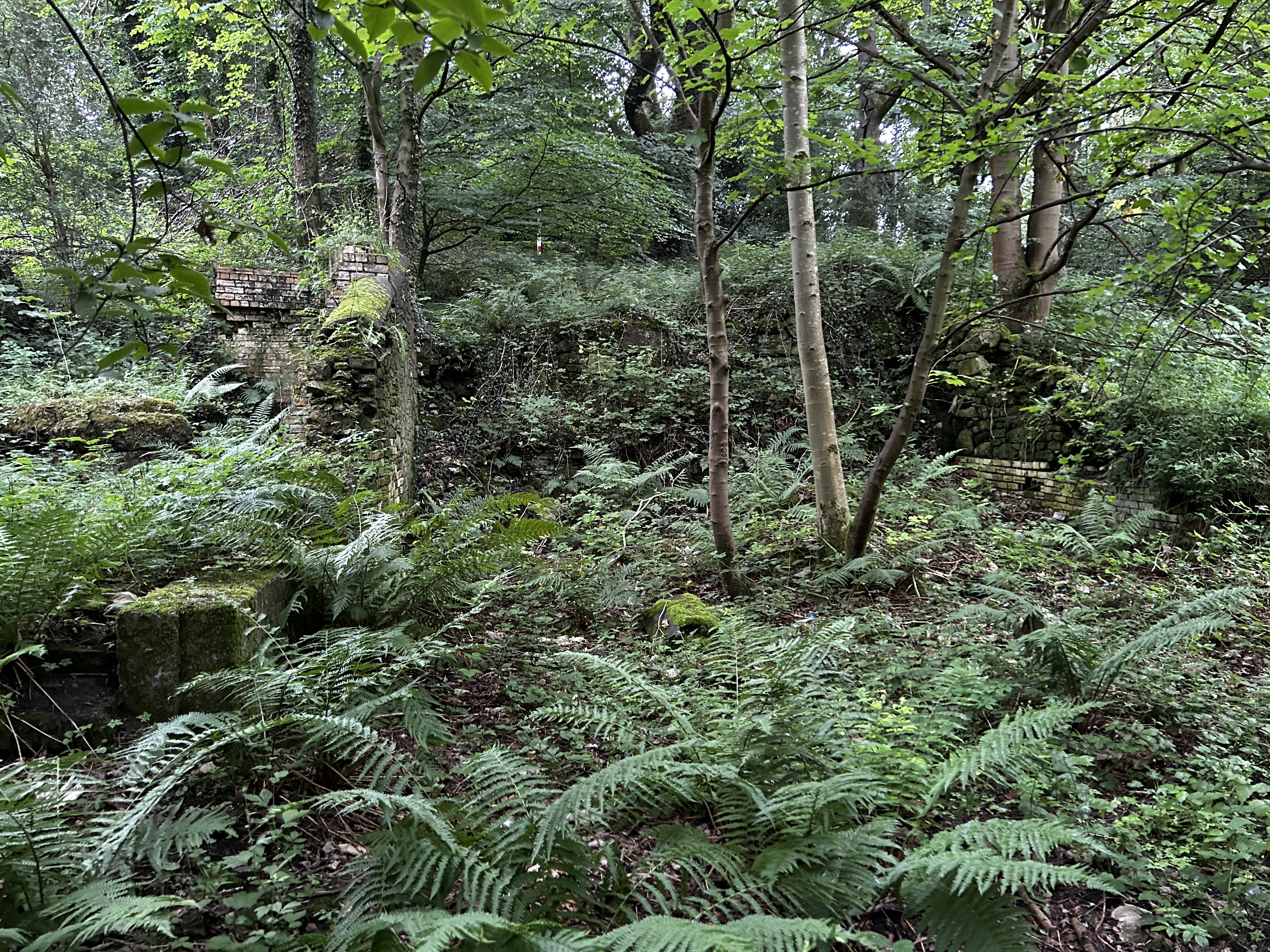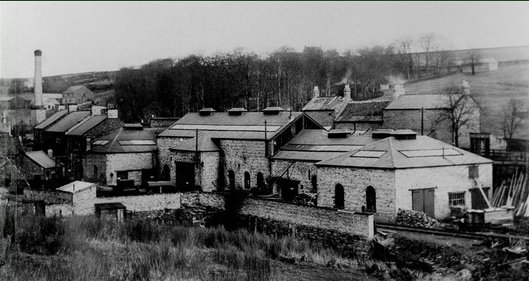blb01a
Blaydon Burn Colliery
Blaydon Burn
54.954871, -1.738771
Victoria Drift
Opened:
Closed:
1850s
1956
Entry Created:
2 Aug 2024
Last Updated:
2 Aug 2024
Partly Preserved
Condition:
Owners:
Joseph Cowen (1850s - 1900s), Priestman Collieries, National Coal Board (1947)
Description (or HER record listing)
"Part of Blaydon Burn Colliery (HER 3560), which opened in the 1850s and closed in 1956. The entrance to this old level is still visible and there are colliery buildings along the public footpath."
NEHL - The Victoria Drift was one of a number of coal workings which supported the Cowen supply chain in producing bricks. The mine sought not only coal, but fireclay which sit beneath coal seams. Blaydon Burn fireclay, and Cowen's method of production, brought about a very high reputation for his bricks for being durable in high temperatures.
The Victoria Drift was directly connected to the upper works via a complex tramway system which stood above the culverted burn. Much of the level still exists today, partly built of stone and Cowen brick. The drift entrance still exists albeit sealed, alongside earthworks and the trackbed for the tramway. This particular drift was severed from the wider railway by the 1910s, though the ancillary buildings survived. It was likely the workings continued to operate, but potentially from Betsy Pit or Mary.
History of the upper brickworks and the railway:
I do bang on about bricks a little bit (a lot), but it's certainly warranted down at Blaydon Burn. These buildings you see were part of one of the most famous brickworks in the region.
What you're looking at is Cowen's Upper Brickworks on the Winlaton end. Joseph Cowen, who we've discussed extensively, used clay dug out locally to produce the famous "COWEN" bricks.
Cowen first built up the works here in the 1810s, with their own brick gas retort works standing up here alongside the brickworks near the river. A second site was eventually added at this site. For clarity, a gas retort works is literally where the coal is heated for gas. Cowen set it up here to light his own factory, but ended up building around it for further brick production.
It ended up being a vast and intricate complex of railways and coal mines all the way down to the Tyne. These bricks became well known for their resistance to high temperatures, and became well known internationally. They were exported across the empire and can still be found around the world, but more notably here in local buildings and terraced rows with their distinctive light buff.
Operations continued into the 60s when the clay eventually dried up as well as cheaper competition. The halcyon days of Blaydon Burn can still be remembered through these ancillary buildings as well as the partially preserved drift mines, scattered bricks and railway trackbed down the valley.
The railway you see on those maps was opened in 1842. It only took 6 months to build and was thought to be incredibly impractical by others but by Cowen a necessity to link colliery and brickworks to the depot on the Tyne. It was designed in part by a Mr G G Bell (a man I can find nothing on), and built with no accident whatsoever.
It was built on the lands of PE Townley who was, surprisingly, accommodating - probably because of Cowen's prowess.

Ordnance Survey, 1898

Here’s the remains of the drift that stood right next to this complex. Plenty of Cowen bricks. The drift entrance was directly in the middle of the shot.
Have we missed something, made a mistake, or have something to add? Contact us

The Victoria Drift would be within the treeline, with this shot taken from the upper works probably around the 1910s or 20s. Unknown original source.
Historic Environment Records
Durham/Northumberland: Keys to the Past
Tyne and Wear: Sitelines
HER information as described above is reproduced under the basis the resource is free of charge for education use. It is not altered unless there are grammatical errors.
Historic Maps provided by

